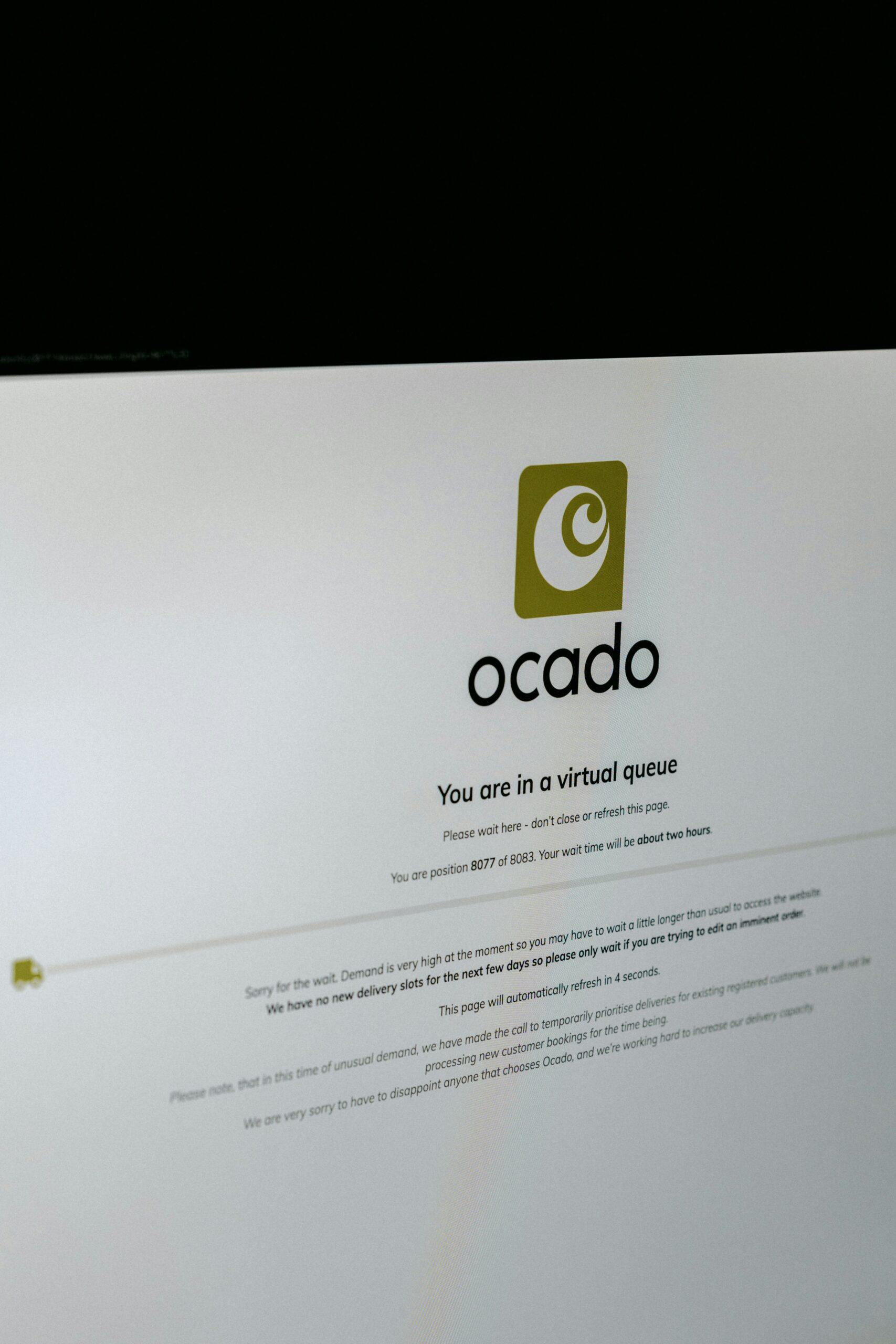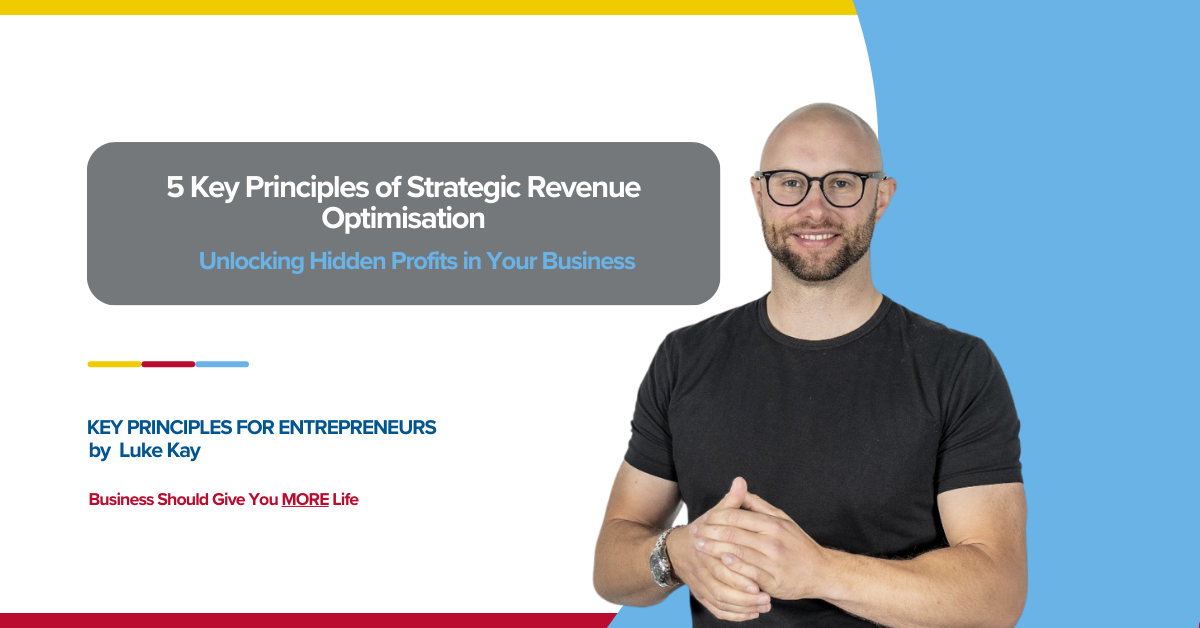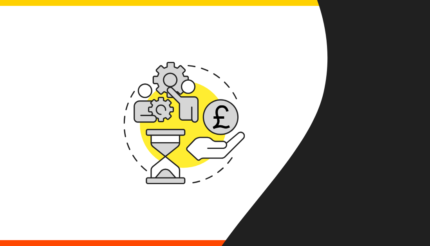Most business owners think increasing revenue means selling more.
While sales are important, real profit growth comes from strategically optimising your revenue streams. That means finding untapped profit centres, refining pricing strategies, and maximising the value of every sale.
If you’re working hard but not seeing enough cash in the bank, it’s time to rethink how money flows through your business.
The Difference Between More Revenue and More Profit
Many businesses focus on top-line revenue but overlook how their pricing, packaging, and value proposition impact profitability. Take Gymshark, the UK-based fitness apparel brand. Instead of competing on price, they built a premium brand and leveraged direct-to-consumer sales to increase margins. Rather than relying on third-party retailers, they focused on their website and social media marketing to maintain control over pricing and customer experience. The result? A billion-pound valuation in under a decade—without sacrificing profit margins.
Now, imagine applying that mindset to your business. Instead of chasing more sales, what if you made every sale more profitable? Let’s break it down.
Key Principle #1. Identify Untapped Profit Centres
Every business has hidden revenue opportunities. Sometimes, it’s an underutilised service, a new pricing model, or an upsell that customers are already willing to pay for. Other times, it’s about fine-tuning your sales process, improving customer retention, or identifying gaps in your current offerings that could drive higher profits.
Key Principle #1 Case Study: Pret A Manger
Their core business model was built on selling coffee and sandwiches, but they spotted an opportunity to create predictable revenue by introducing a subscription model. With their £30 per month coffee subscription, they turned occasional visitors into high-value, repeat customers. This not only increased overall sales but also ensured a steady cash flow while strengthening customer loyalty.
In your business, what additional services or products could you introduce to increase customer spending? Could you offer a subscription, a maintenance package, or an exclusive VIP tier?
Key Principle #2. Price Based on Value, Not Cost
Many businesses set their prices by calculating costs and adding a margin. But true revenue optimisation happens when you price based on the value you provide rather than what it costs you to deliver.
Key Principle #2 Case Study – Rolls-Royce
As one of the most prestigious UK brands, they don’t just sell cars; they sell an experience—luxury, exclusivity, and status. The cost of materials and labour doesn’t dictate their pricing—perceived value does. That’s why a Rolls-Royce can command six-figure price tags, while other cars with similar manufacturing costs sell for a fraction of the price.

Now, think about your own pricing. Are you charging for the outcome you deliver, or just the hours you put in? If your service helps businesses make £100,000 in additional revenue, should you really be charging £500 for it?
Key Principle #3. Maximise Profit Per Sale
Many businesses focus on getting more customers, but sometimes the fastest way to grow profits is to increase the value of each sale. By optimising pricing, upselling strategically, and improving customer retention, you can generate more revenue without constantly chasing new leads.
Key Principle #3 Case Study: British Airways
British Airways does this brilliantly. Instead of just selling flights, they upsell business class, extra luggage, fast-track boarding, and lounge access. This means they make significantly more money per customer—without having to increase passenger numbers.

Apply this to your business. Could you add premium upgrades? Offer extended services? Create a bundled package that makes each sale more profitable? Don’t just focus on volume—focus on value per transaction.
Key Principle #4. Leverage Recurring Revenue Models
One-off sales are unpredictable, but recurring revenue creates stability and higher lifetime customer value. In contrast, recurring revenue provides predictable income, strengthens customer relationships, and increases overall profitability by maximising lifetime customer value.
Key Principle #4 Case Study: Sage
The UK-based accounting software giant, originally sold software licences as a one-time purchase. However, they realised that a subscription model would allow them to generate consistent, predictable revenue while keeping customers engaged for longer. By transitioning to monthly and annual software subscriptions, they ensured that their cash flow remained steady while building deeper customer relationships.

Could your business introduce a subscription, retainer, or membership model to create ongoing revenue?
Key Principle #5. Reduce Revenue Leakage
One of the biggest hidden threats to profitability is revenue leakage—money lost through inefficiencies, excessive discounts, or high customer churn. These issues can significantly erode your bottom line without being immediately visible, making it crucial to identify and address them early. By streamlining processes, optimising pricing strategies, and improving customer retention, businesses can plug these leaks and boost overall profitability.
Key Principle #5 Case Study: Ocado
A great example of eliminating revenue leakage is Ocado. The UK’s online grocery giant operates in a low-margin industry, but by using AI-driven logistics, automation, and optimised warehouse operations, they cut costs and reduced inefficiencies. Unlike traditional supermarkets that deal with stock wastage and high staffing costs, Ocado uses robotic warehouses to process thousands of orders daily, reducing the need for excessive labour and minimising human error.

Where is money slipping through the cracks in your business? Could you streamline operations, reduce unnecessary costs, or tighten up payment collection?
How to Start Optimising Revenue in Your Business
- Audit your revenue streams—Identify underperforming areas and untapped opportunities.
- Reevaluate your pricing strategy—Charge based on value, not just cost.
- Improve customer retention—Focus on increasing lifetime value instead of constantly chasing new clients.
- Introduce premium offers—Give customers options to spend more for added value.
- Eliminate profit leaks—Cut unnecessary discounts, reduce inefficiencies, and streamline operations.
Want to Unlock More Profit in Your Business?
Take Action
If you’re ready to make more from what you’re already doing—without just working harder—let’s talk.
Book a free Business Discovery Call, and let’s map out how to optimise your revenue for bigger profits.
Come to an Event







